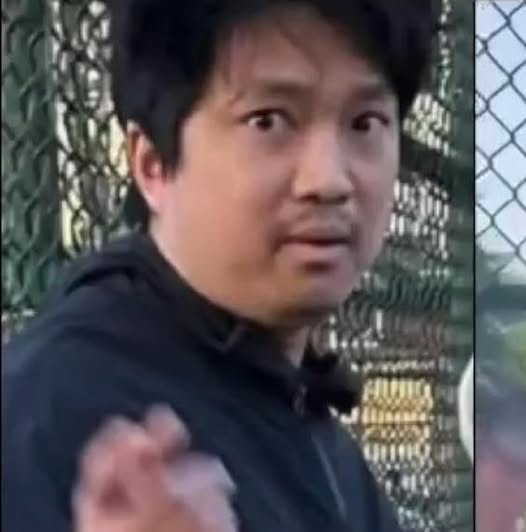[City, Date] — In a horrific act of violence that has stunned the nation, Kai-Ji Adam Lo has been formally charged with 11 counts of murder following a series of brutal attacks that left victims aged between 5 and 65 dead. The massacre, which unfolded over multiple locations, has been described as one of the deadliest and most senseless tragedies in recent memory.
Hashim Elsharif Death & Obituary: Honoring a Life of Faith, Courage, and Compassion
A Shocking Scene of Violence
On the afternoon of [insert date], emergency responders were dispatched to several locations in [insert city or region] amid reports of a mass casualty event. Upon arrival, they were met with scenes of devastation, with multiple fatalities and survivors suffering from physical and emotional trauma.
Authorities confirmed the deaths of 11 individuals, highlighting the indiscriminate nature of the violence. Among the deceased were young children and senior citizens, emphasizing the randomness and cruelty of the attack.
Who Is Kai-Ji Adam Lo?
The suspect, Kai-Ji Adam Lo, was taken into custody shortly after the incident and is now facing multiple murder charges. His background remains under investigation, and authorities have not yet disclosed a clear motive. Early reports suggest a level of planning, indicating the attacks may have been premeditated.
Law enforcement is working with forensic psychologists and criminal analysts to determine whether mental illness, ideological extremism, or other factors played a role. Authorities have emphasized that there is no indication of additional suspects at this time.
Families Devastated, Community in Mourning
The emotional toll of the tragedy is immeasurable. Families are grappling with the sudden and senseless loss of loved ones, while the broader community struggles to comprehend how such violence erupted in what was once considered a peaceful neighborhood.
Local officials have organized memorials, candlelight vigils, and grief counseling services. Religious leaders, educators, and civic organizations have united to support survivors and those mourning the victims.
Investigation Ongoing, Legal Proceedings to Begin
As the criminal case progresses, attention is turning toward motive, background, and prevention. Investigators continue to gather evidence, review digital footprints, and interview witnesses. The court proceedings in the coming weeks are expected to shed light on the factors that led to this devastating event.
The suspect may undergo a psychiatric evaluation as part of the legal process, though no official statements have been made regarding his mental health status.
Mental Health and Mass Violence: A Renewed Debate
This tragedy has reignited public discourse on the intersection of mental health, gun access, and violent behavior. Advocates are calling for more robust mental health support systems, early intervention strategies, and tighter firearm regulations to prevent future incidents.
While experts caution against stigmatizing mental illness, they agree that unaddressed psychological conditions can contribute to violent outcomes when combined with other risk factors.
What Comes Next: A Call for Justice and Reform
Families of the victims have called for swift justice and meaningful change. While grieving their personal losses, many are now advocating for reform — from improved background checks and red flag laws to better funding for community mental health resources.
The tragedy has led to renewed demands for comprehensive policy discussions at local and national levels to address systemic gaps in safety, surveillance, and public health infrastructure.
Conclusion
The murder of 11 innocent people by Kai-Ji Adam Lo has left a deep scar on the community and the nation. As families mourn and investigators work toward justice, the focus now shifts to the broader implications: What went wrong, and how can we prevent it from happening again?
This devastating loss serves as a grim reminder of the vulnerabilities in our systems — but also as a call to action for stronger safeguards, smarter policies, and a collective commitment to protecting our communities from future tragedies.

